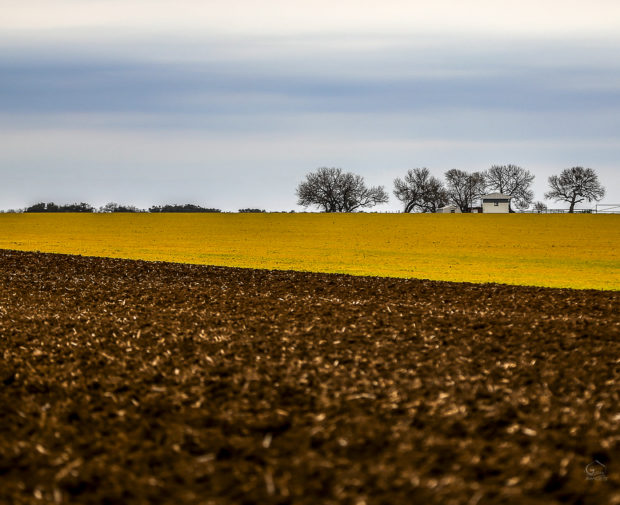Now is the last chance to get your Western homestead ready for winter.
Late fall, when it starts freezing most nights and soil temperatures dip below 50 degrees, arrives anytime from the end of October to well into December, depending on how far north or south or high above sea level you live. In that time, caring for your Western homestead — be it the garden, orchard, pasture, or equipment shed — requires reliable seasonal planning. Here’s your checklist for staying on schedule this fall.
LIVESTOCK
- The highest priority is getting the livestock ready for winter, which means making sure there’s enough feed, liquid water is available, and all have shelter from winds and storms.
- Additionally, clean out the chicken coop and cattle shed, spread the litter and manure on the nearly bare garden, and compost the leftovers.
- Don’t forget to put fresh bedding in the coop, place a heater under the water font, and hang a shielded heat lamp. (Chickens can stand a lot of cold and dark, but they won’t lay much without light and warmth.)
- For water for bigger critters, put the stock tank inside a bigger one, with wood chips between the two for insulation, and a homemade wooden cover that leaves just a small opening for the cattle to drink. This cuts down on the amount of electricity the tank heater uses.
GARDEN
- If the soil hasn’t frozen yet, till in the manure spread on the garden, then apply a light mulch of old hay or grass clippings to not lose any bare dirt to wind or water erosion.
- Also, gather any final seeds for planting next spring.
ORCHARD
- In the orchard, cut the grass short for the winter and put screening around the base of young trees to prevent rabbits and mice from chewing tender bark.
- A 6-foot high cylinder of mesh fencing around the entire tree, anchored by a metal fencepost, prevents tree damage. A deer can leap a 6-foot fence without any problem, but they won’t leap into that little cylinder. Older trees don’t need all this protection, but it’s necessary for the younger ones.
EQUIPMENT
- After finishing with the tiller, mower, tractor with bale fork, etc., be sure to change the oil, clean the air filter, put a gas preservative in the fuel tank, and apply grease and oil to all moving parts.
Lastly, savor the best time of year: no bugs, cool dry weather, and lingering fall colors. We take the dogs for a walk before heading home to a good dinner and pleasant long evening by the wood stove. Life is good!
Ann Larkin Hansen is the author of several books, including The Backyard Homestead Seasonal Planner: What to Do & When to Do It. She lives with her family on their farm in northern Wisconsin.






















